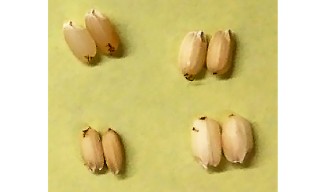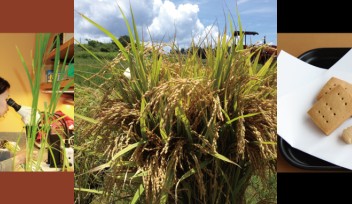Resistant-Starch Okinawan Rice Project Receives an Award
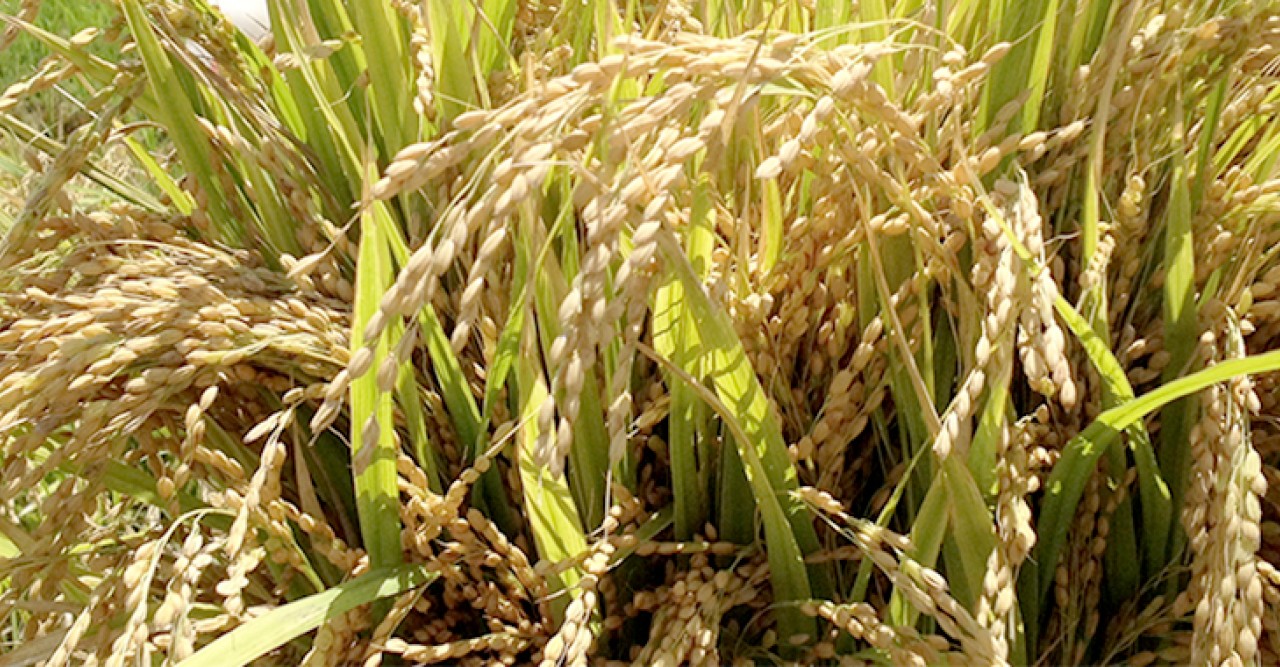
The Food Action Nippon Award is given to businesses and organisations that promote Japanese food and increase Japan’s food self-sufficiency. On 19 November 2015, the “Nutraceutical Rice Project” led by Prof. Hidetoshi Saze, head of the Plant Epigenetics Unit at Okinawa Institute of Science and Technology Graduate University (OIST), received the outstanding performance award for research and development (new technology sector) from the Food Action Nippon Committee and the Ministry of Agriculture, Forestry, and Fisheries (MAFF).

The main objective of the project is to develop a strain of Amiromochi rice suitable for Okinawa’s climate. The majority of cultivated rice strains contain starch that is readily digested. The high quantity of starch in rice-based diets contributes to recent increases in obesity and diabetes. Amiromochi rice is a unique strain with a special kind of starch called resistant starch that humans cannot easily degrade to glucose, a simple sugar. This starch resembles dietary fibre, which helps to slow the rise of blood sugar after meals and also helps to maintain healthy gut function.
“With our rice people can lose weight without changing their diet and lifestyle,” says Prof. Saze. Too good to be true? However, preliminary clinical trials support this claim. Experiments have shown that resistant starch does not cause steep spikes of blood sugar typical of regular white rice. Mice on a high-fat diet in combination with Amiromochi rice have lower cholesterol levels and reduced fat in their livers. This rice may indeed help to reduce some lifestyle diseases in Japan and other countries.
This miracle grain was not so favourably received 30 years ago when it was developed at Kyushu University. It is hard and does not taste as good as conventional rice. It also cannot be used for alcohol production because resistant starch also resists fermentation into ethanol. Therefore, there was little incentive to breed the strain for cultivation in different climatic zones. However, now that lifestyle and diet-related diseases like type 2 diabetes have become one of the leading causes of death, grains that contain resistant starch have become highly desirable disease prevention tools.
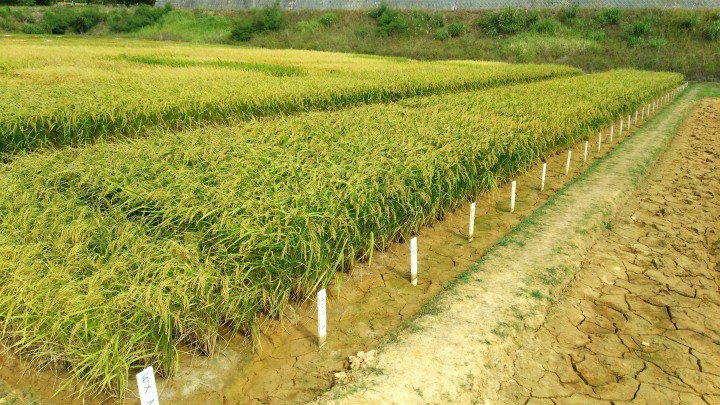
Prof. Saze’s group employed traditional agricultural selection methods and cutting-edge science to breed a new strain of resistant-starch rice that yields large crops in Okinawa’s subtropical climate. Molecular and genome analysis made the selection process more efficient and incubators allowed up to five harvests per year. As a result, it took less than three years from the beginning of the project in 2012 to field trials in 2015. This is an amazing achievement considering that breeding a new strain normally requires over eight years.
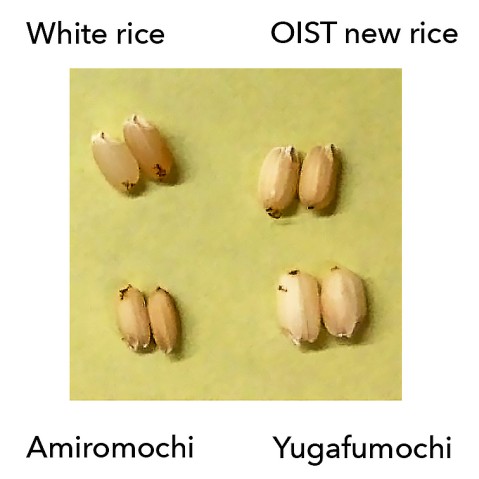
The final step of the project is food manufacturing and promotion. “But this rice is not tasty!” one might say. While the new strain most likely will never fill rice bowls, it can be ground to replace some of the flour in noodles, pastries, bread, and even tempura. When ground into flour, resistant-starch rice keeps its beneficial properties without affecting the taste of food. Clinical trials of patients using food bars containing this flour are ongoing in collaboration with the University of the Ryukyus Hospital. In a couple of years the dream of losing weight without dieting might come true, at least in Okinawa!
Specialties
Research Unit
For press enquiries:
Press Inquiry Form












